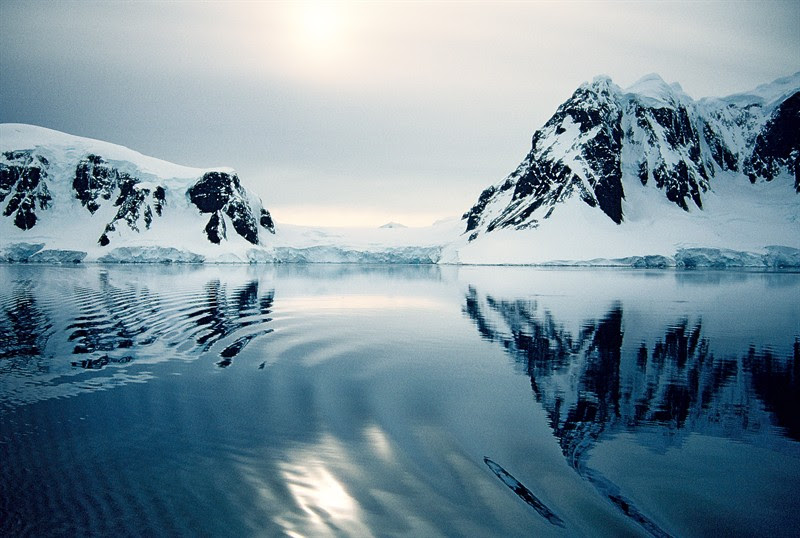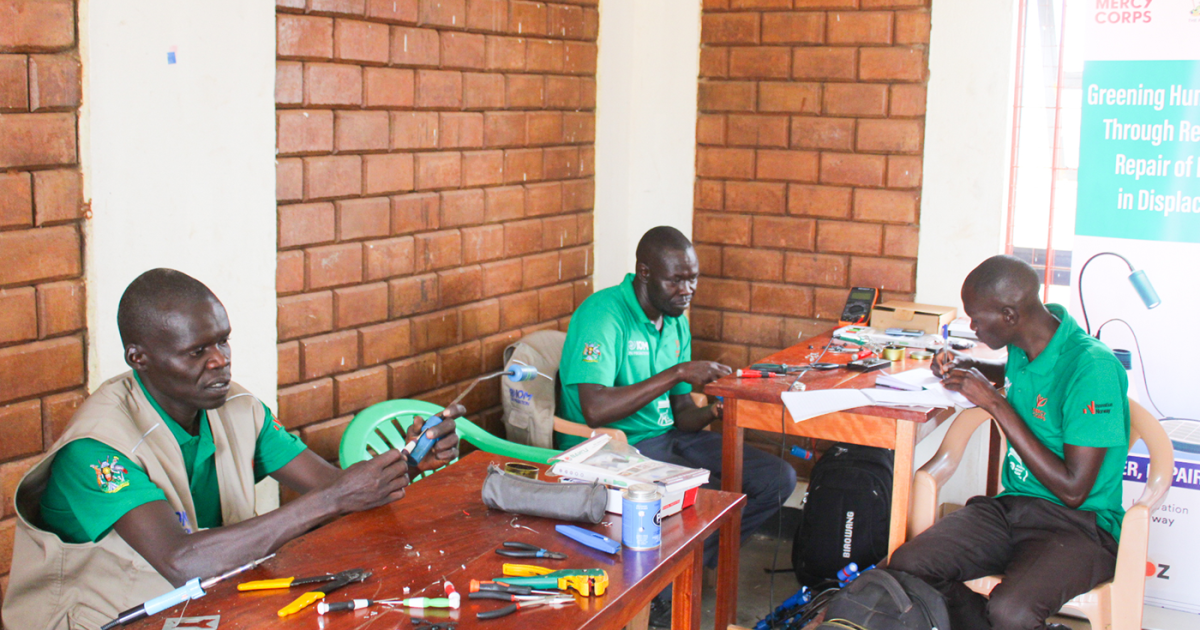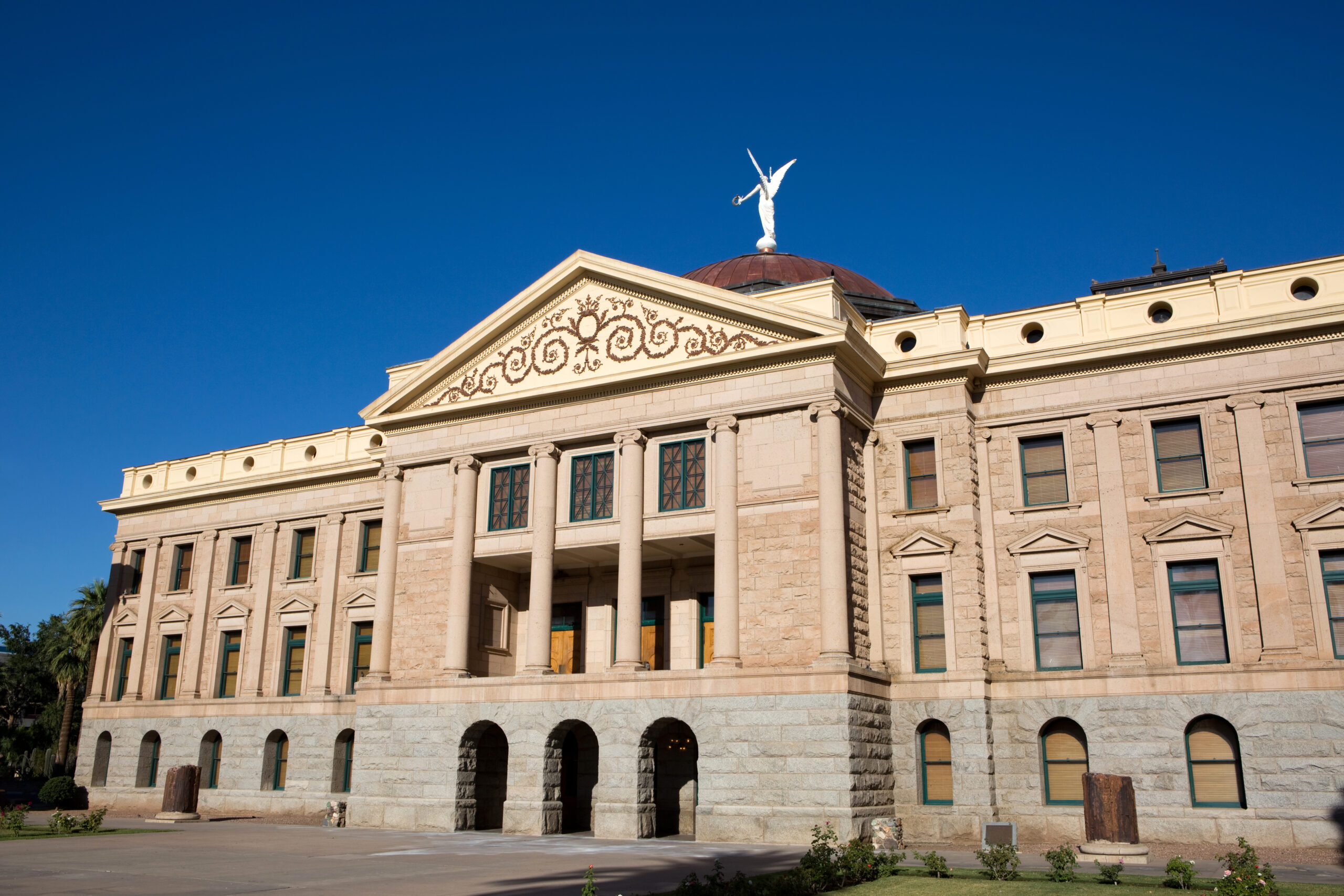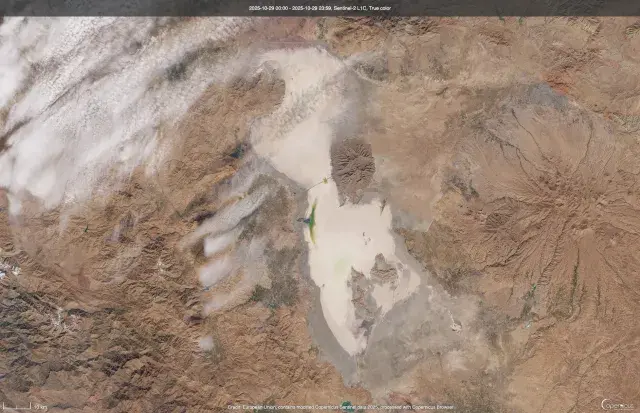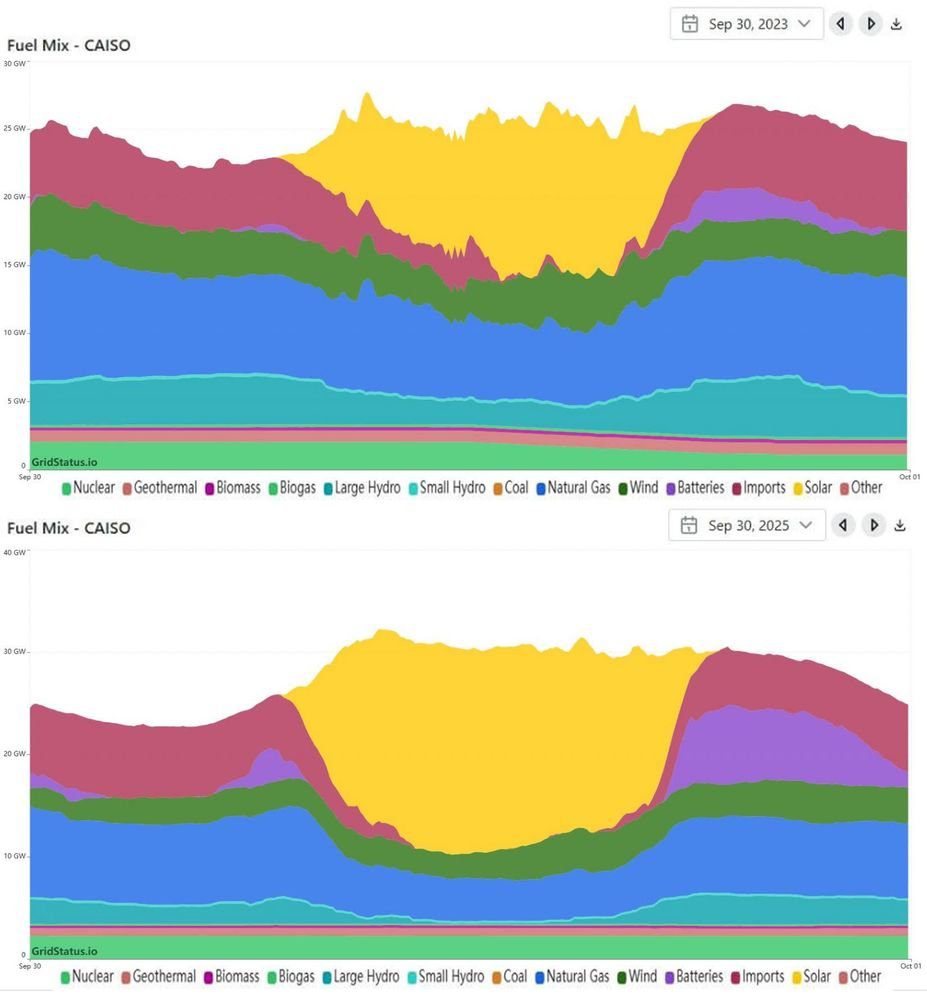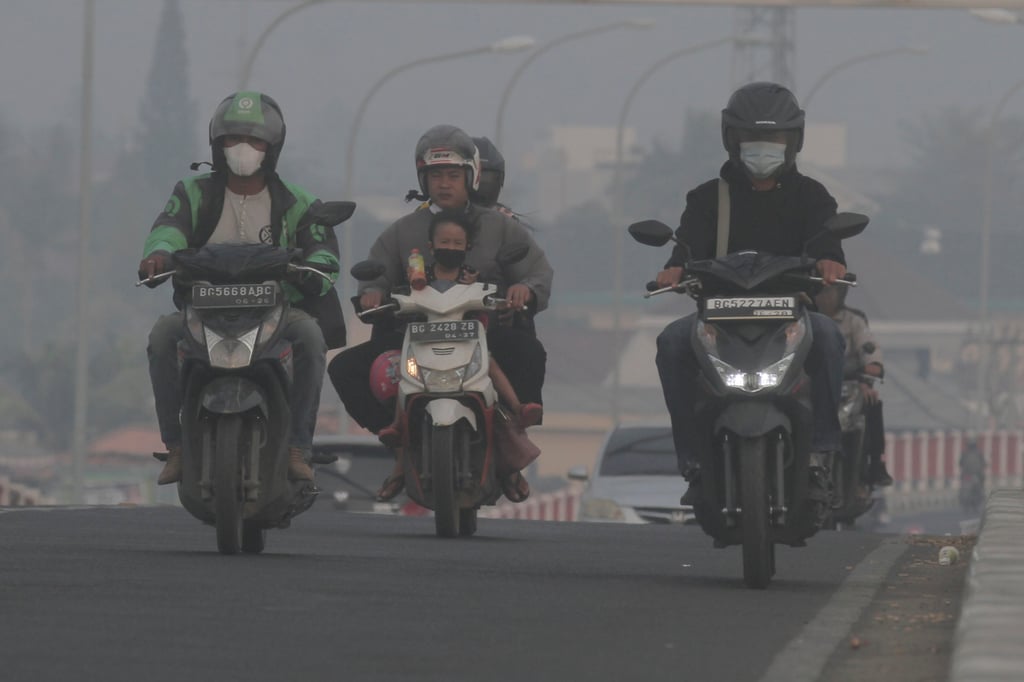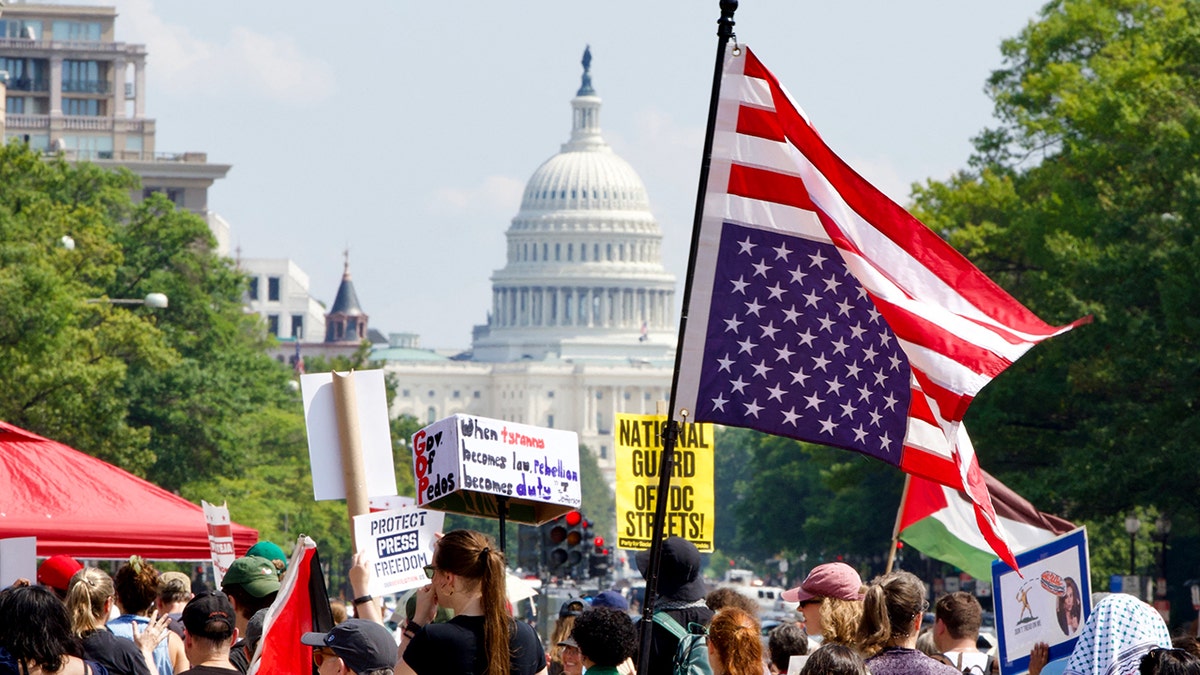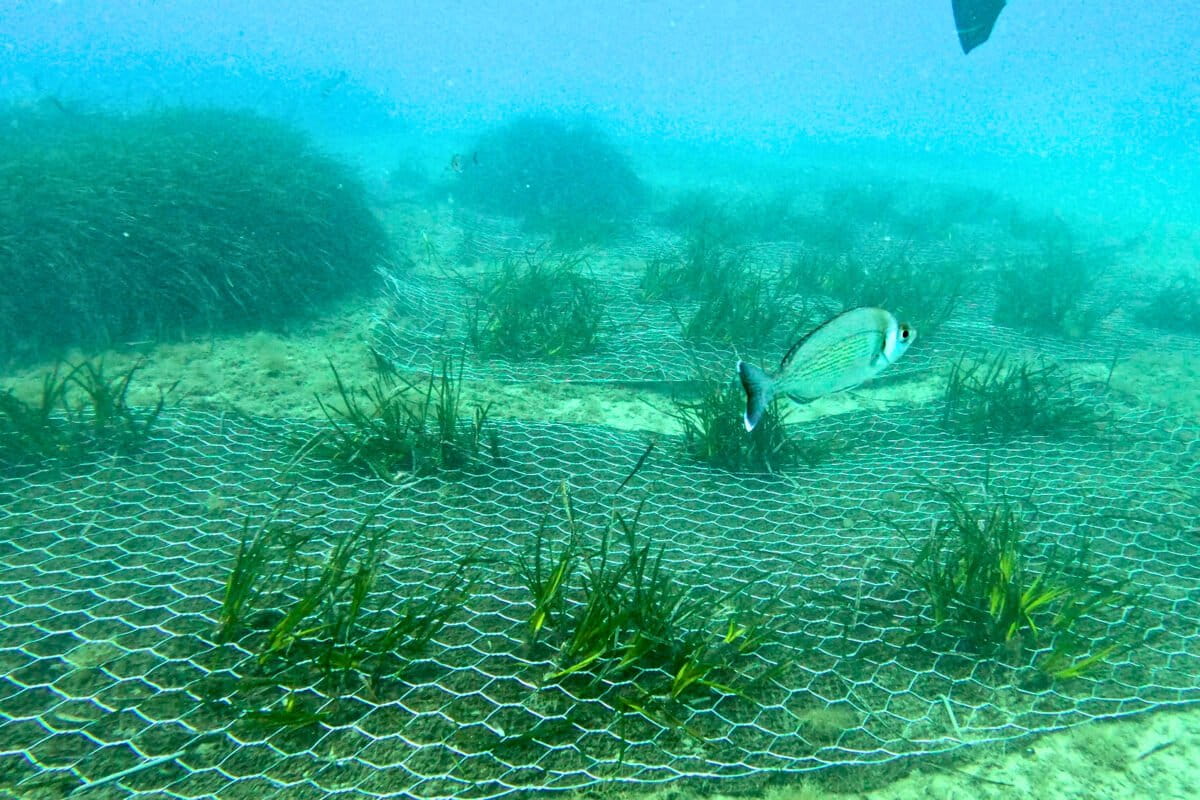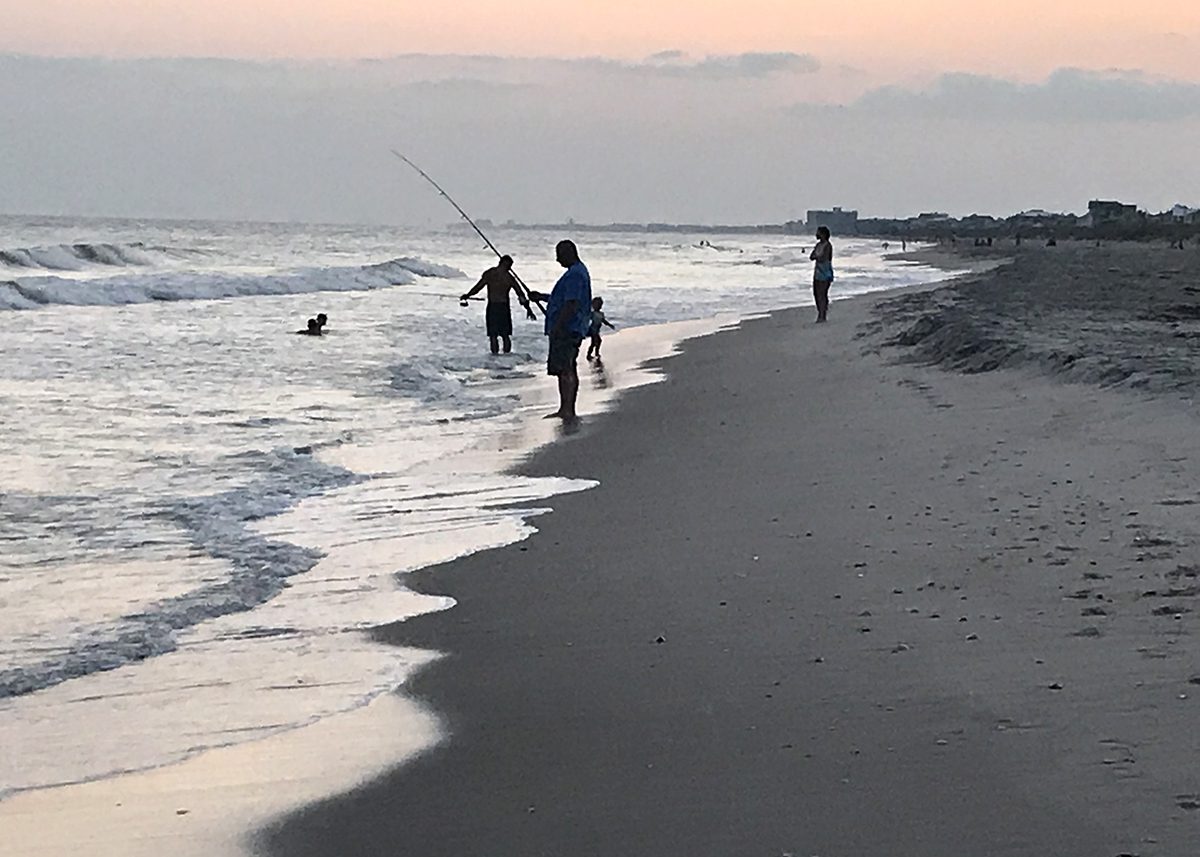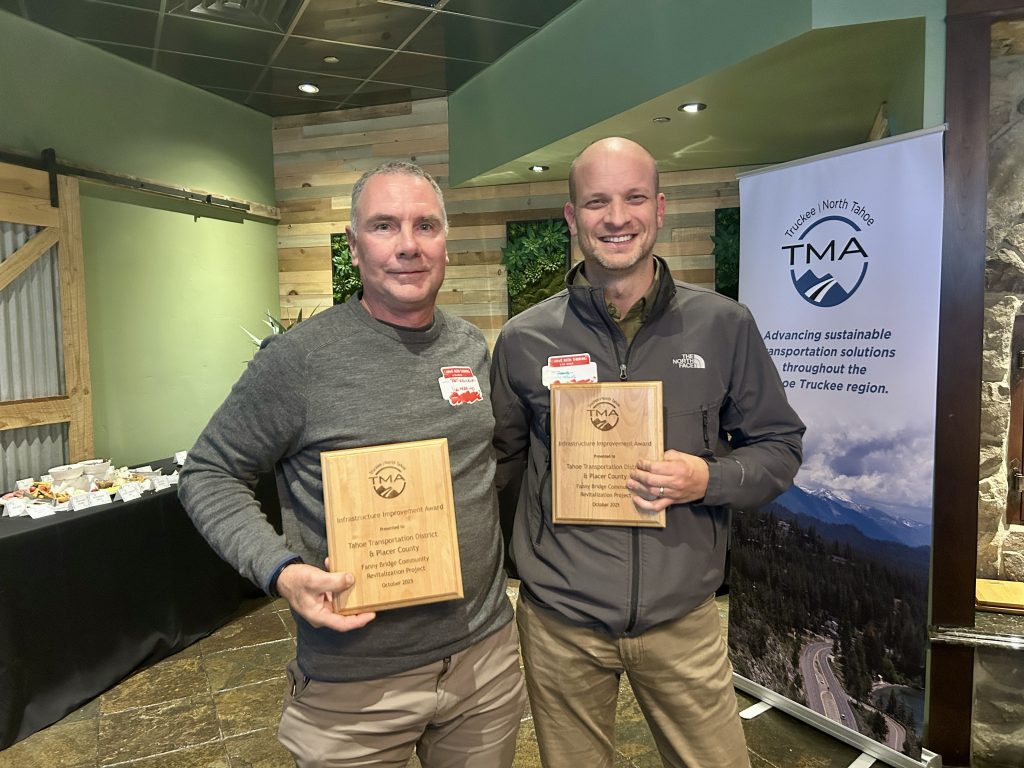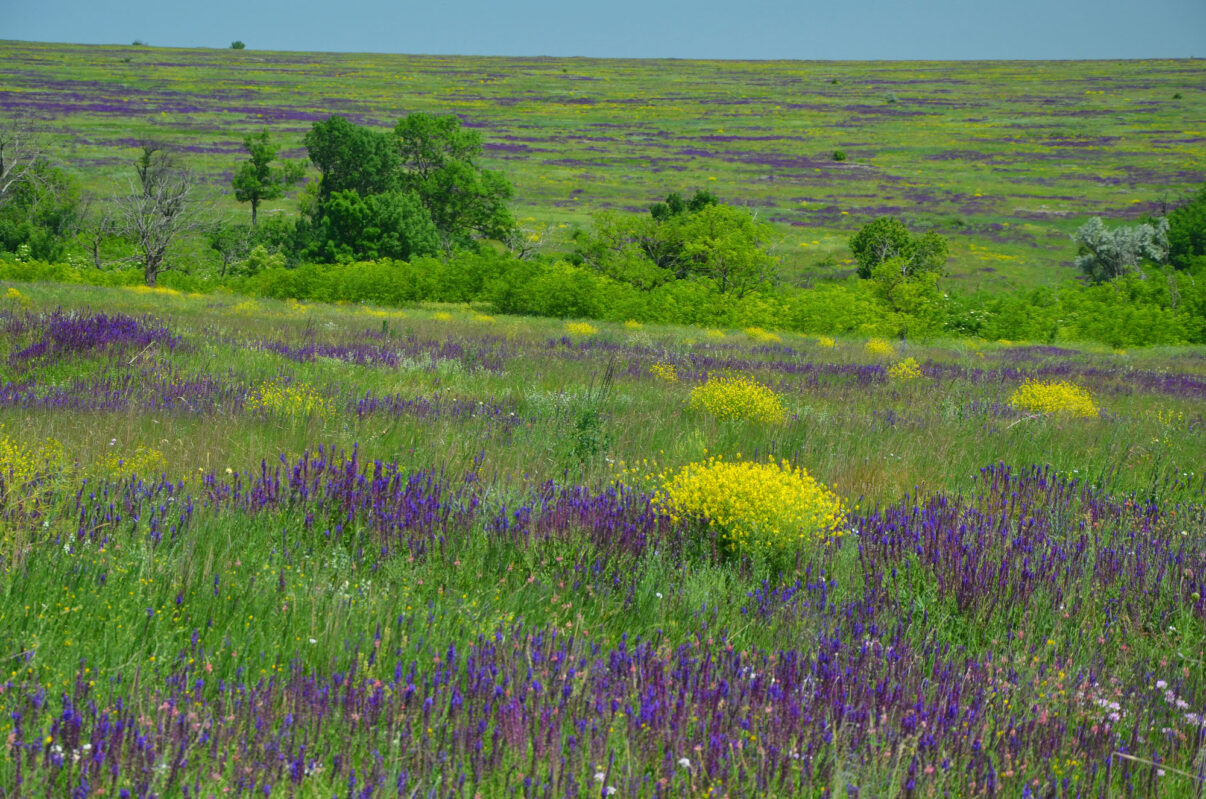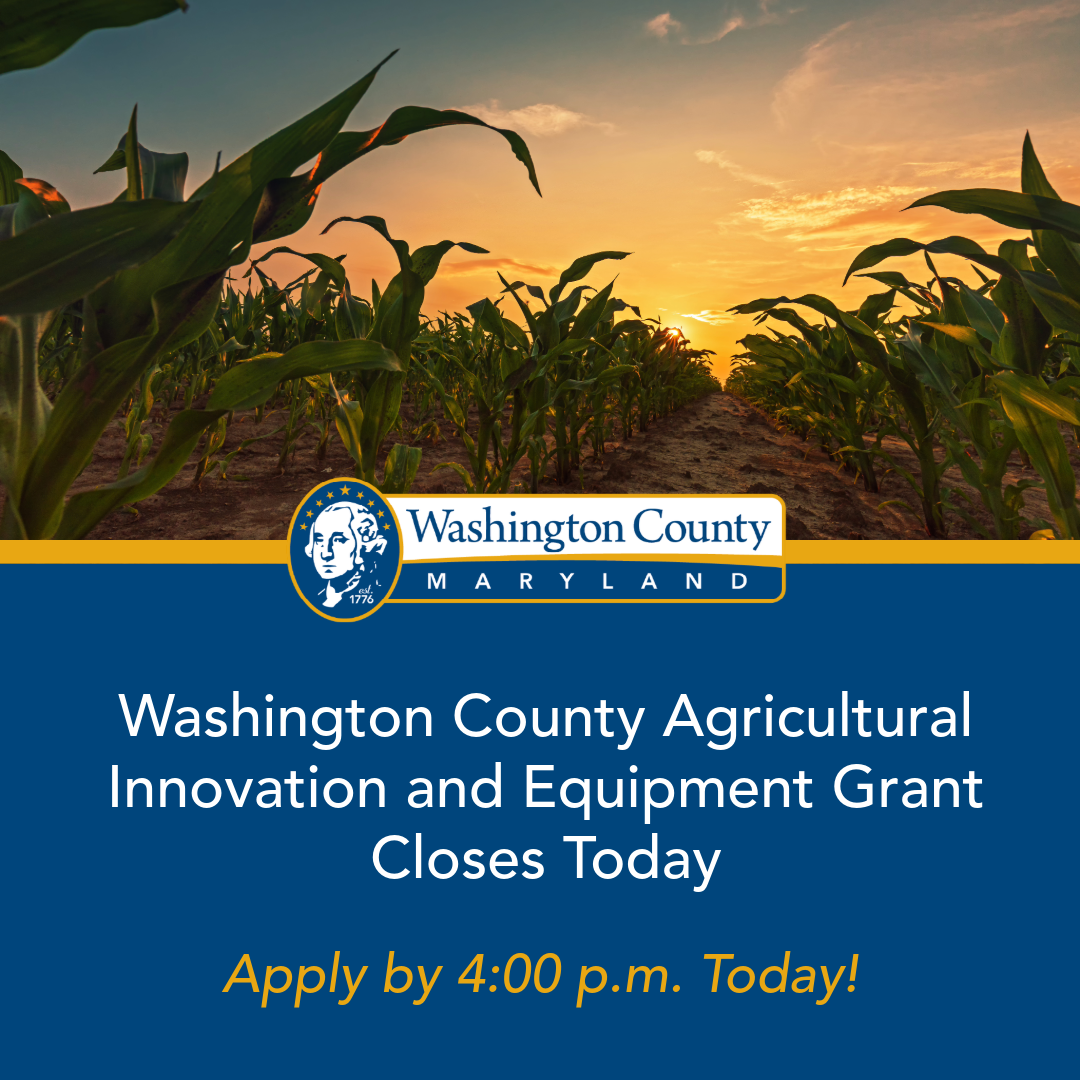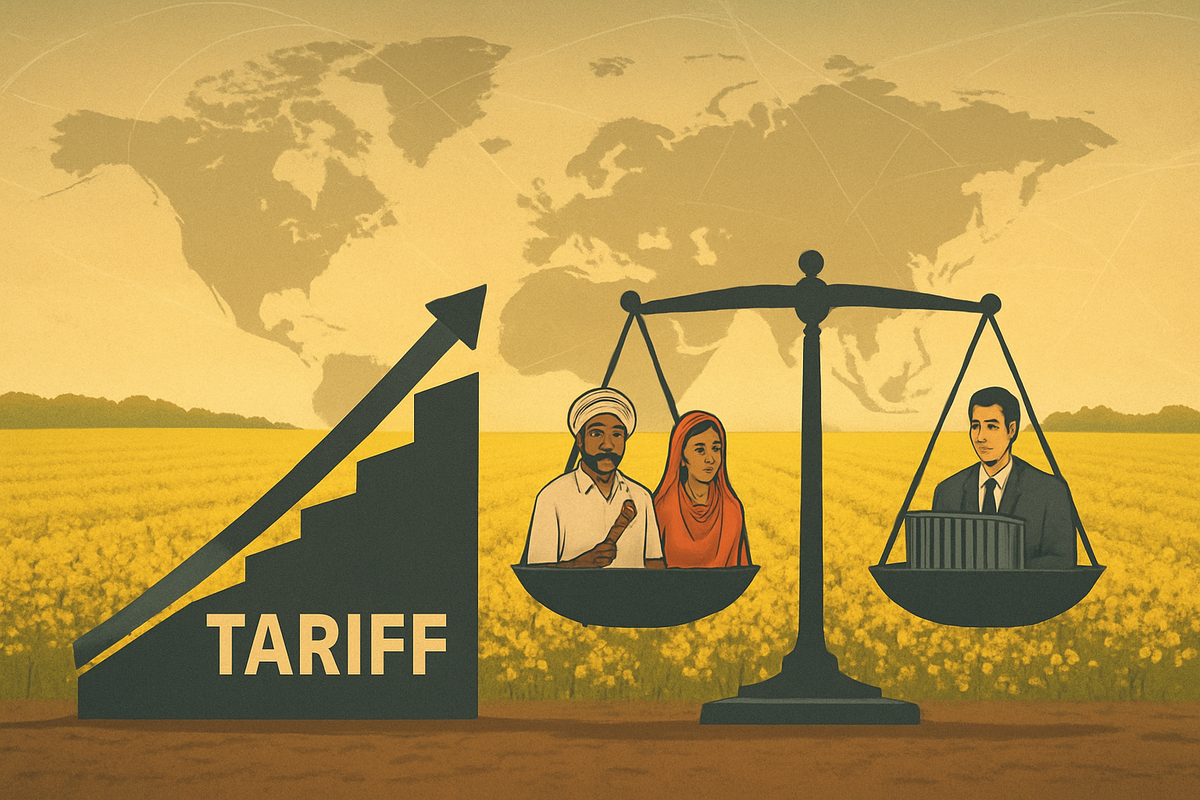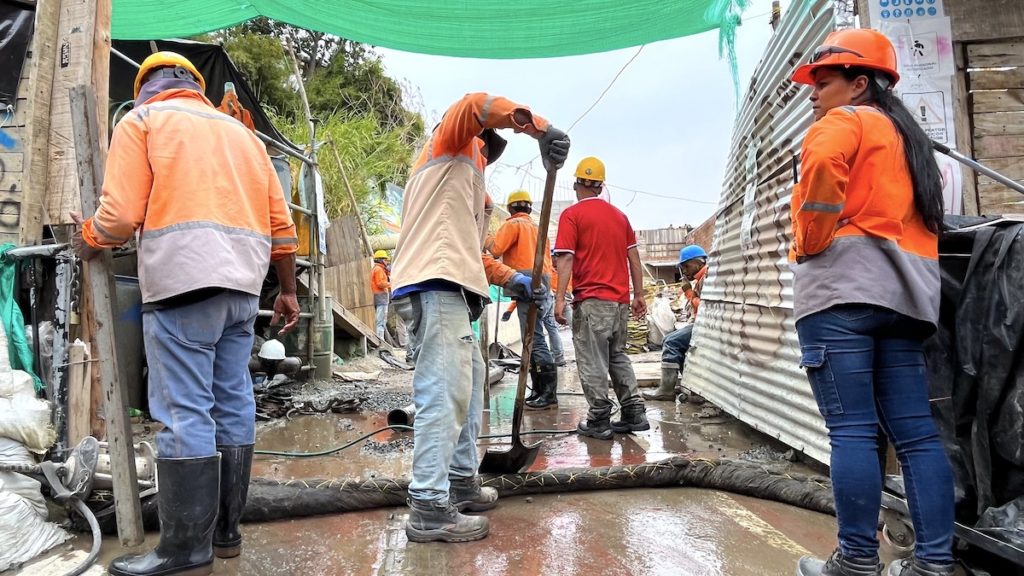How Can Katon Karagay of Eastern Kazakhstan Balance Ecotourism Growth with Preserving Its Soul and Serenity? Know More – Travel And Tour World
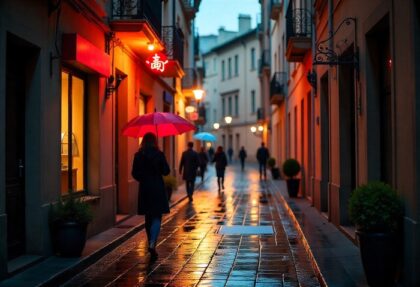
Report on Sustainable Tourism Development in Katon Karagay, Kazakhstan: Balancing Economic Growth with the Sustainable Development Goals
1.0 Introduction: A Crossroads for Sustainable Development
The Katon Karagay region in Eastern Kazakhstan, a remote area of significant natural beauty and biodiversity, is currently navigating the complex challenges of tourism development. The region’s strategy to foster an ecotourism industry presents a critical case study in balancing economic revitalization with the principles of the 2030 Agenda for Sustainable Development. This report analyzes the opportunities and risks associated with this development, with a specific focus on its alignment with key Sustainable Development Goals (SDGs).
2.0 Socio-Economic Context and Development Imperatives
Katon Karagay faces significant socio-economic pressures, primarily driven by severe depopulation, which has seen its population decline from approximately 40,000 to 17,000. This trend has led to an aging demographic and the decline of traditional villages as younger generations migrate for better economic and educational opportunities. In response, local authorities are promoting tourism as a primary driver for economic recovery, directly addressing several SDGs:
- SDG 8 (Decent Work and Economic Growth): The development of tourism is intended to create new jobs, stimulate local entrepreneurship in crafts and agriculture, and provide sustainable livelihoods, thereby revitalizing the regional economy.
- SDG 1 (No Poverty): By generating local income streams, the tourism initiative aims to combat poverty and improve the quality of life for the remaining residents.
- SDG 11 (Sustainable Cities and Communities): A core objective is to make the region’s villages viable and attractive places to live, reversing depopulation and preserving the local way of life.
3.0 Infrastructure Development: Enabling Growth and Managing Risks
Significant investment in infrastructure is underway to enhance the region’s accessibility. This development is crucial for unlocking tourism potential but must be managed carefully to avoid negative environmental and social impacts.
3.1 Transportation Infrastructure
The construction of new roads and a regional airport is designed to drastically reduce travel time from Ust Kamenogorsk. This initiative aligns with SDG 9 (Industry, Innovation and Infrastructure) by building resilient infrastructure to promote inclusive and sustainable economic development. However, increased accessibility poses a direct threat to the region’s pristine character and could accelerate environmental degradation if not managed under a strict sustainability framework.
3.2 Tourism Facilities
The potential proliferation of large resorts and commercial facilities presents a challenge to SDG 12 (Responsible Consumption and Production). The risk is that development may prioritize mass tourism over sustainable models, leading to resource strain and altering the natural landscapes of areas like Rakhmanovskoe and Karakol lakes.
4.0 Ecotourism as a Strategy for Sustainable Development
Ecotourism is positioned as the cornerstone of Katon Karagay’s development strategy. In principle, this approach aligns with the goal of creating a tourism model that is environmentally responsible, culturally sensitive, and economically beneficial to local communities. The success of this strategy hinges on its ability to genuinely integrate and advance multiple SDGs.
- Environmental Stewardship: A successful ecotourism model would directly support SDG 15 (Life on Land) by creating economic incentives for the conservation of the region’s unique ecosystems, biodiversity, and protected species.
- Cultural Preservation: It offers a platform to sustain and promote traditional practices, such as beekeeping and artisanal crafts, contributing to the cultural heritage aspect of SDG 11.
- Community Empowerment: Involving local communities in the planning and management of tourism ensures that benefits are distributed equitably, fulfilling the “leave no one behind” principle of the 2030 Agenda.
5.0 Core Challenges to Achieving Sustainable Development
The pursuit of tourism-led growth presents a series of interconnected challenges that could undermine the region’s long-term sustainability and its alignment with the SDGs.
5.1 Environmental and Ecological Integrity
The primary challenge is the protection of Katon Karagay’s fragile ecosystems in line with SDG 15 (Life on Land) and SDG 13 (Climate Action). Key environmental risks include:
- Habitat Destruction: Infrastructure and facility construction can fragment habitats critical for species like the snow leopard and moose.
- Pollution and Resource Strain: An influx of tourists could lead to increased waste, water contamination, and pressure on natural resources, including the region’s vital glaciers.
- Biodiversity Loss: Increased human activity threatens the delicate ecological balance that supports the region’s rich biodiversity.
5.2 Preservation of Cultural Heritage and Social Fabric
The rapid commercialization of the region poses a threat to its cultural identity, a key component of SDG 11.4 (Protect the world’s cultural and natural heritage). Local residents express concern that:
- Traditional livelihoods may be displaced by tourism-focused enterprises.
- The authenticity of the local culture could be commodified for tourist consumption.
- The social fabric of communities may be disrupted by external influences and inequitable economic development.
6.0 Conclusion: A Proposed Framework for Sustainable Advancement
For Katon Karagay to become a model for sustainable tourism, its development must be strategically aligned with the Sustainable Development Goals. The future of the region depends on a balanced approach that integrates economic goals with robust environmental and social safeguards. A successful path forward requires:
- Multi-Stakeholder Partnerships (SDG 17): Establishing strong collaboration between government bodies, local communities, conservation experts, and the private sector to ensure decisions are inclusive and informed.
- Community-Led Governance: Empowering local residents to participate in the decision-making process, ensuring that tourism development respects their cultural values and provides direct benefits.
- Strict Regulatory Enforcement: Implementing and enforcing stringent environmental regulations for all tourism operations to minimize their ecological footprint and protect natural capital in accordance with SDG 15.
- Focus on High-Value, Low-Impact Tourism: Promoting a model that prioritizes quality experiences over mass tourism, thereby generating economic value while preserving the serenity and ecological integrity that define Katon Karagay.
By adopting this integrated framework, Katon Karagay can potentially navigate its development challenges and create a sustainable future that honors its natural and cultural heritage while providing prosperity for its people.
Analysis of Sustainable Development Goals (SDGs) in the Article
1. Which SDGs are addressed or connected to the issues highlighted in the article?
-
SDG 8: Decent Work and Economic Growth
- The article extensively discusses using ecotourism as a tool for economic revitalization in Katon Karagay. It highlights the potential to create jobs and provide new economic opportunities, which could reverse the trend of depopulation caused by locals migrating “in search of better job opportunities.”
-
SDG 9: Industry, Innovation and Infrastructure
- The development of infrastructure is a key theme. The article explicitly mentions that the government is “building new roads and constructing an airport” to improve accessibility and support the growing tourism industry.
-
SDG 11: Sustainable Cities and Communities
- The article addresses the challenge of making rural communities sustainable by tackling depopulation (“a drop in population from nearly 40,000 to just 17,000”). It also focuses on the need to protect and safeguard the region’s cultural heritage, including “traditional practices, such as deer herding, beekeeping,” from the pressures of commercialization.
-
SDG 12: Responsible Consumption and Production
- The entire concept of developing “sustainable tourism” and “ecotourism” as discussed in the article relates to this goal. It emphasizes a model of tourism that minimizes negative impacts and promotes local products, which is a core principle of sustainable consumption and production patterns.
-
SDG 15: Life on Land
- This is a central SDG in the article. There is a strong focus on the need to protect Katon Karagay’s “pristine beauty,” “rich biodiversity,” and “fragile ecosystems.” The text expresses concern that tourism could threaten natural habitats, forests, and rare species like “snow leopards, wild goats, and moose.”
-
SDG 6: Clean Water and Sanitation
- The article highlights the importance of the region’s water resources, describing “crystal-clear lakes,” “pristine rivers,” and “glaciers, which feed clean water into the mountain lakes and rivers.” It also points out the risk of “water contamination” from the development of large-scale tourism facilities.
2. What specific targets under those SDGs can be identified based on the article’s content?
-
Target 8.9: Promote sustainable tourism
- This target aims to “devise and implement policies to promote sustainable tourism that creates jobs and promotes local culture and products.” The article is centered on this exact challenge, as Katon Karagay’s local government plans to “develop sustainable tourism, focusing on environmental, cultural, and therapeutic tourism” to create “new economic opportunities.”
-
Target 9.1: Develop sustainable and resilient infrastructure
- This target focuses on developing “quality, reliable, sustainable and resilient infrastructure… to support economic development.” The article directly refers to this by detailing the government’s efforts in “building new roads and constructing an airport to reduce travel time” and make the region more accessible for tourism.
-
Target 11.4: Protect the world’s cultural and natural heritage
- This target calls to “strengthen efforts to protect and safeguard the world’s cultural and natural heritage.” The article reflects this through the concerns of locals who fear the loss of their “cultural integrity,” “way of life,” and “traditional practices” due to commercialization. The dilemma of preserving the region’s “soul and serenity” is a direct reference to this target.
-
Target 12.b: Monitor sustainable tourism impacts
- This target is about developing and implementing “tools to monitor sustainable development impacts for sustainable tourism.” The article implicitly calls for this by questioning whether “tourism and preservation can coexist” and highlighting the need to “carefully manage” the risks of overdevelopment, which requires monitoring.
-
Target 15.1: Conserve and restore terrestrial and freshwater ecosystems
- This target is to “ensure the conservation, restoration and sustainable use of terrestrial and inland freshwater ecosystems,” particularly mountains. The article’s focus on protecting the “stunning landscapes,” “pristine lakes of Rakhmanovskoe and Karakol,” and the Altai Mountains ecosystem directly aligns with this target.
-
Target 15.5: Protect biodiversity and natural habitats
- This target urges “urgent and significant action to reduce the degradation of natural habitats” and “halt the loss of biodiversity.” The article voices this concern by mentioning that the region’s biodiversity, “including rare species like snow leopards, wild goats, and moose, could be threatened by the construction of new infrastructure.”
-
Target 6.6: Protect and restore water-related ecosystems
- This target aims to “protect and restore water-related ecosystems, including mountains, … rivers, … and lakes.” The article emphasizes the need to protect Katon Karagay’s “crystal-clear lakes,” “pristine rivers,” and the “glaciers” that feed them from the potential negative impacts of tourism, such as “water contamination.”
3. Are there any indicators mentioned or implied in the article that can be used to measure progress towards the identified targets?
-
Job creation in the tourism sector
- The article implies this indicator by stating that tourism is expected to provide “much-needed jobs” and “new economic opportunities” to counter depopulation. The number of new jobs created in tourism would be a direct measure of success.
-
Population trends in the region
- The article provides a baseline indicator of depopulation: “a drop in population from nearly 40,000 to just 17,000.” Reversing or stabilizing this trend would be a key indicator of the success of economic revitalization efforts.
-
Development of tourism infrastructure
- The construction of “new roads and an airport” is presented as a tangible indicator of development. The reduction in travel time from “six to eight hours” is another measurable outcome of this infrastructure improvement.
-
Preservation of cultural practices
- The article mentions that the continuation of “traditional practices, such as deer herding, beekeeping, and collecting non-timber forest products” is a concern. The vitality and prevalence of these practices can serve as a qualitative indicator of cultural preservation.
-
State of natural ecosystems and water quality
- The article describes the current state of the environment as “pristine,” “untouched,” and “crystal-clear.” The absence of “overcrowding, pollution, and habitat destruction” and the prevention of “water contamination” are implied indicators for measuring environmental protection.
-
Protection of threatened species
- The article mentions that the region’s biodiversity includes “rare species like snow leopards, wild goats, and moose.” The stability or growth of the populations of these species would be a critical indicator of the success of conservation efforts alongside tourism development.
4. Summary Table of SDGs, Targets, and Indicators
| SDGs | Targets | Indicators (Mentioned or Implied in the Article) |
|---|---|---|
| SDG 8: Decent Work and Economic Growth | 8.9: Promote sustainable tourism that creates jobs and promotes local culture and products. | – Number of new jobs created in the tourism sector. – Growth of local businesses based on crafts and agricultural ventures. |
| SDG 9: Industry, Innovation and Infrastructure | 9.1: Develop quality, reliable, sustainable and resilient infrastructure. | – Completion of new roads and an airport. – Reduction in travel time to the region. |
| SDG 11: Sustainable Cities and Communities | 11.4: Strengthen efforts to protect and safeguard the world’s cultural and natural heritage. | – Stabilization or reversal of the population decline (from 40,000 to 17,000). – Continued practice of traditional activities (deer herding, beekeeping). |
| SDG 12: Responsible Consumption and Production | 12.b: Develop and implement tools to monitor sustainable development impacts for sustainable tourism. | – Implementation of environmental guidelines for tourism operations. – Promotion of eco-friendly accommodations and local artisanal products. |
| SDG 15: Life on Land | 15.1 & 15.5: Conserve ecosystems and halt biodiversity loss. | – Maintenance of the “pristine” state of lakes and forests. – Absence of habitat destruction. – Protection of rare species populations (snow leopards, etc.). |
| SDG 6: Clean Water and Sanitation | 6.6: Protect and restore water-related ecosystems. | – Maintenance of the “crystal-clear” quality of lakes and rivers. – Absence of water contamination from tourism facilities. |
Source: travelandtourworld.com

What is Your Reaction?
 Like
0
Like
0
 Dislike
0
Dislike
0
 Love
0
Love
0
 Funny
0
Funny
0
 Angry
0
Angry
0
 Sad
0
Sad
0
 Wow
0
Wow
0







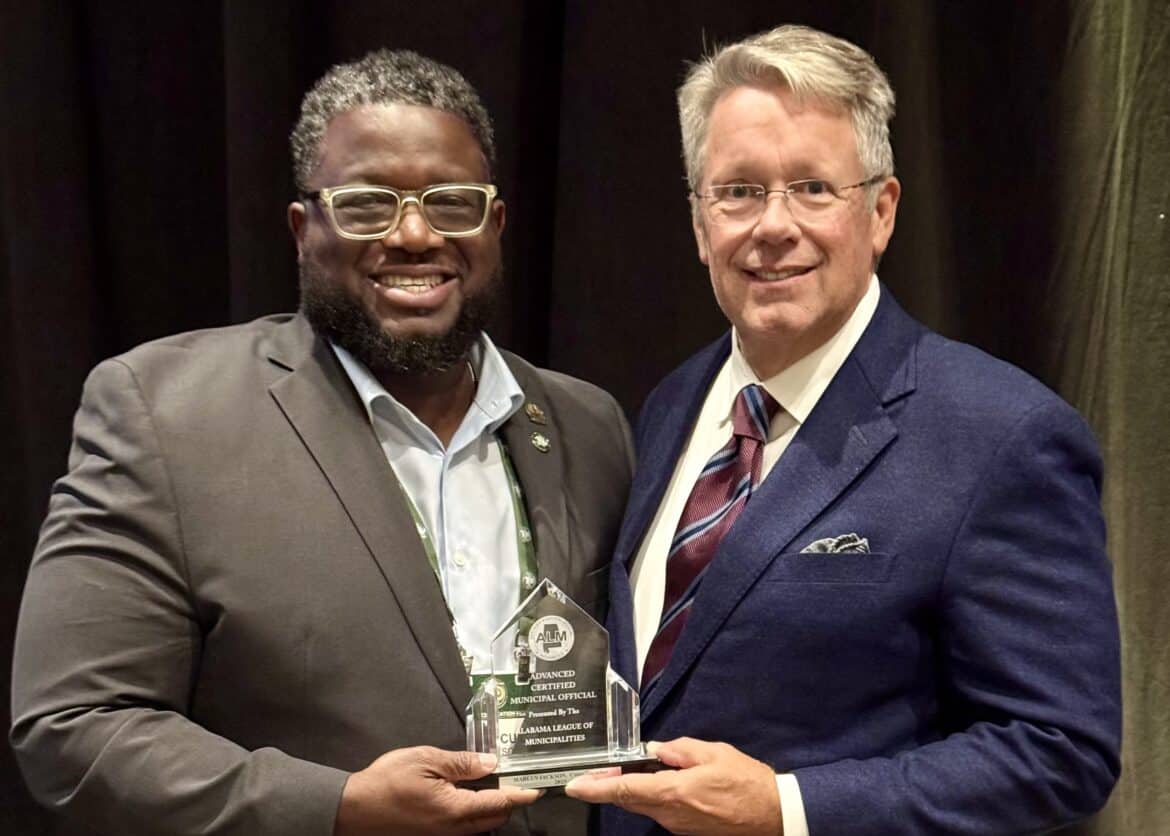







;Resize=805#)








